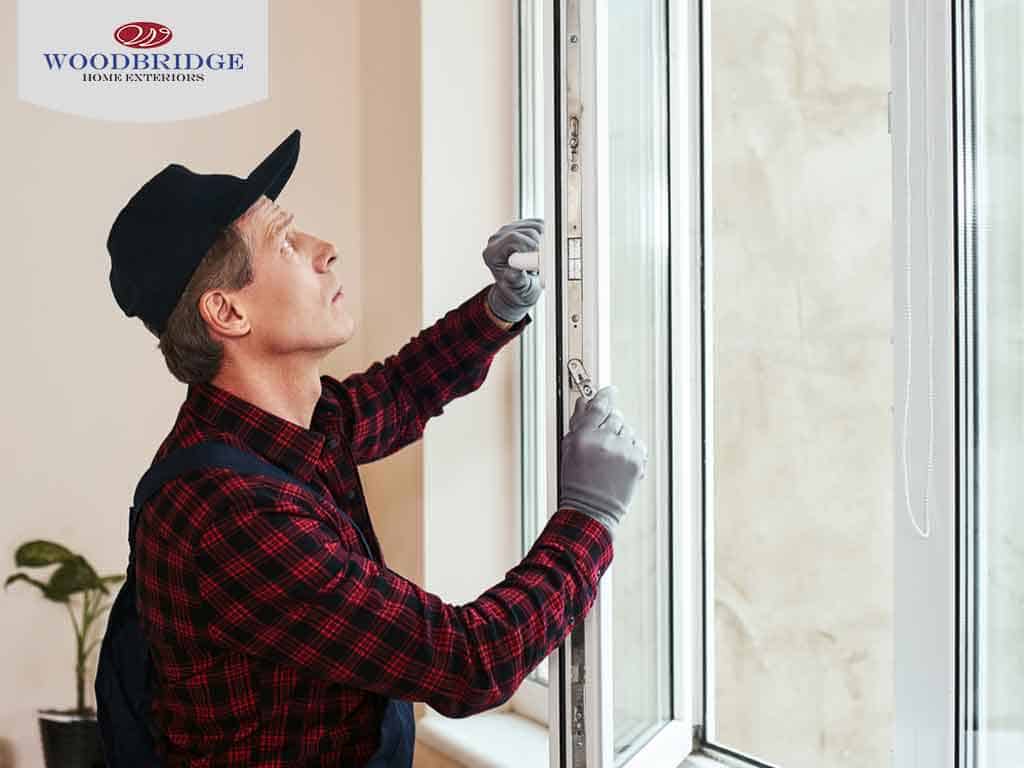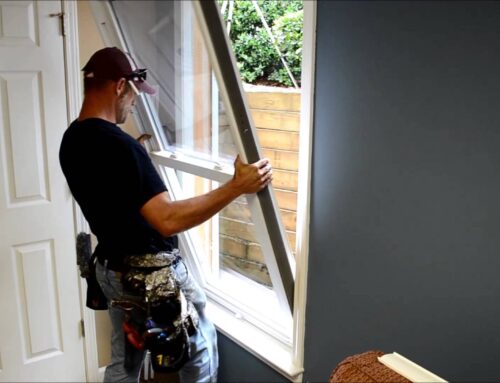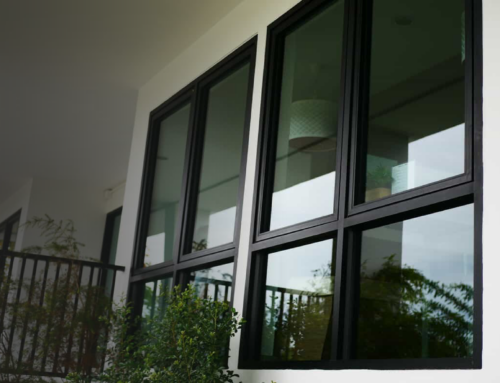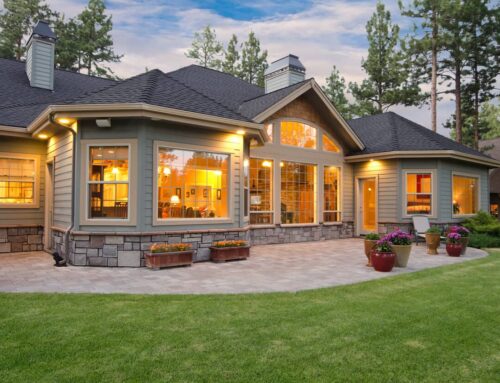
Windows matter a lot in so many ways. Not only do they help conserve energy, but they also stop drafts and moisture from entering your home. More importantly, they help keep your indoors comfortable all year round. Without the proper care and maintenance, you put these home features at risk of incurring defects.
In today’s post, Woodbridge Home Solutions, one of the leading local window and siding companies, discusses the window defects that are commonly detected in home inspections.
Contents [hide]
Contents [hide]
Condensation Between Glass Panes
One of the most frustrating aspects of having multiple-paned windows is the condensation or fog that forms in between the glass. It is a result of the gas fill escaping because of broken seals. When this occurs often, it not only detracts from the appeal of the window but also makes it inefficient.
Damaged Glazing
Sometimes, window damage occurs because of age. You know this is so if the glazing surrounding the glass show cracks and chipping, which lead to air and moisture leaks. While they can be re-sealed anew, they often indicate the end of the windows’ lifespan, with window replacement as the only option.
Damaged Flashing
Just like roofing systems, windows also have flashings to keep water out. Made of aluminum or galvanized steel, they are installed to cover joints and prevent water from seeping into the interior. Damage to these components may lead to structural damage on the drywall and siding apart from rot on the framing material.
Clogged Window Weeps
Not all homeowners are aware of the fact that some windows have “weep” holes. These may seem unnoticeable, but their function is to keep water from building up inside and prevent drafts from entering the home. Caulk may have sealed these tiny holes; otherwise, there might be debris building up inside. Scraping either of them away is necessary, which may involve poking through the hole.
At Woodbridge Home Solutions, we are proud to offer our exclusive Woodbridge Classic line of new replacement windows. These are high-performance units that have energy-saving features to help minimize heat transfer, which in turn can keep the interior of your home comfortable throughout the year.






